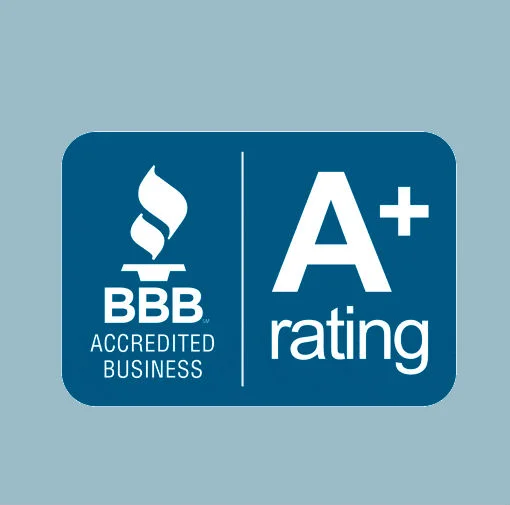Healthcare Storytelling: The Best Marketing Magic and How to Do It

Because an audience—patients and prospective patients—instantly resonate with a well-told story, the storytelling form has become a mainstay in the many faces of marketing, including published online content. In the written form, for your website or in social media, storytelling communicates effectively. Often, there’s a relevant and emotional connection. Information is captured as relevant, useful and with a sense of purpose.
But in an all-important doctor-patient conversation, health care communications can be far less effective in their usual format. “Doctor-speak” sometimes becomes tech-talk, medical shorthand, or clinical details, and it’s the stuff that makes listeners’ eyes glaze over. In fact, the more effective storytelling form is relatable, it makes for better patient awareness, understanding, and compliance—and thus for better outcomes.
In the process of teaching or instructions, storytelling tends to touch emotions, engage the listener, and inspire questions, comments and verbal interaction. Ultimately, there’s a greater awareness and understanding, and the listener is more likely to remember and act on the details.
Further, medical success stories (HIPAA compliant) that inspire empathy, compassion and compliance, are influential and supportive. Overall, storytelling supports a positive patient experience.
Healthcare Storytelling - How to Do It…
HAPPINESS
Authorities say that the public (your audience) probably doesn’t want dry, cold, bland information. The apparent reason they sought medical care is due to pain, fear or loss of something in their living routine. The underlying reason—what they’re really looking for—is happiness. So storytelling that leads to a happy or positive resolution would grab and hold their attention.
REALITY
A doctor’s daily clinical experience is a rich resource for compelling story raw material. (Again, respectful of HIPAA regulations, of course.) The process of communicating instructions, information and purpose can easily be presented in real-world, relatable terms.
FUNDAMENTAL STORY ELEMENTS
Depending on which textbook you consider, a story will include several elements. Although these are important, a doctor’s basic inventory of useful stories will do nicely with fundamental elements. More specifically, most every story has:
- Setting: This is the general backdrop; where and when does the story take place?
- Character or Characters: At least generally, who is the story about? Is there one central character, or do you need to portray a protagonist (the main character?), or an antagonist (in opposition to main character or objective)?
- Plot: The core storyline and essential conflict. What is the desired objective, and what element of conflict stands in the way?
NARRATIVE ARC
Generally, the story plot will flow along a beginning, middle and end. More specifically, there is a
- SETUP that describes the situation, particulars about the setting, the mood and the main character.
- RISING ACTION revealing the conflict or obstacles to be overcome.
- CLIMAX is the turning point; when the main character becomes the hero.
- RESOLUTION is the conclusion, where obstacles are overcome and the end of the story reveals the main point or essential lesson.
One noted author aptly describes the storytelling process as “emotional transportation.” It is the process by which the speaker (in this instance, a doctor), has conveyed an important message (to the patient) using the fabric of a story. Inevitably, a healthcare story will embrace emotions, including conflicts to be overcome, and happiness in the resolution.
Storytelling excellence demands practice…
In a relatively short amount of time, most doctors have mastered doctor-patient communications. With 20, 30 or 60 encounters each day, there’s plenty of resource material for talking with patients, as well as shaping and practicing storytelling. The process of shaping a useful story—and getting it right—evolves with practice repeated over time.
Begin with the most common clinical situations, sketch out the storyline on paper, practice first with staff or colleague, and use the material regularly. Typically, a well-crafted and rehearsed story will not take long to tell, but it will be significantly impactful and effective.
Think of storytelling is an important business tool and personal skill. Clearly, it makes clinical encounters more interesting for doctor and patient, and it can have a significant and positive influence on patient satisfaction, patient referrals, and improve compliance and outcomes.
Related Articles:
Mastering the Art of Healthy Storytelling for Better Physician Marketing
6 Tips for Doctors: How a Good Story Can Enhance Outcomes
Storytelling Enhances Content, Connections and Compliance









